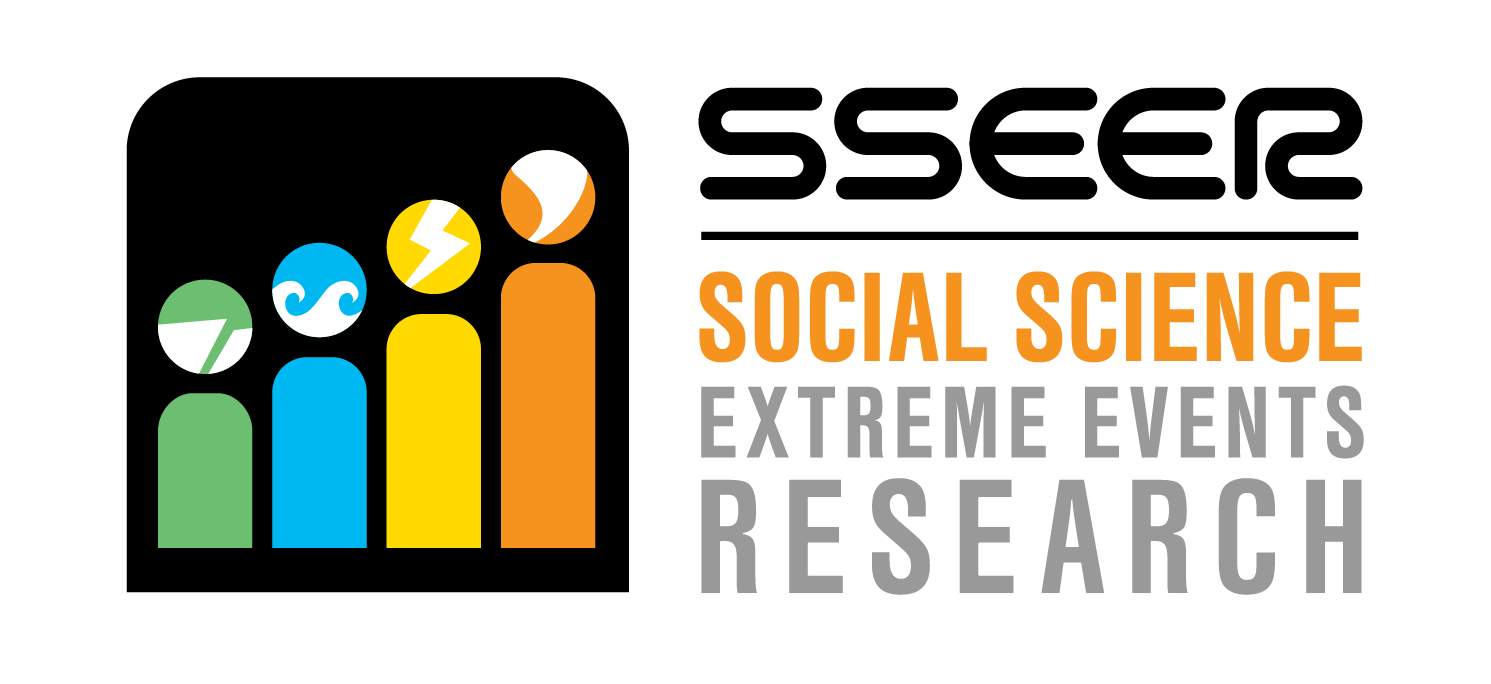 SSEER Researchers by UN Region. ©Natural Hazards Center, 2019.
SSEER Researchers by UN Region. ©Natural Hazards Center, 2019.
648.
That is the number of social scientists studying hazards and disasters who responded in 2018 to the call to join the newly established Social Science Extreme Events Research—SSEER network. SSEER is part of a larger initiative that will support social science, engineering, natural science, and interdisciplinary hazards and disaster researchers through the newly-formed CONVERGE facility headquartered at the Natural Hazards Center.
This is not yet a complete census of the global social science hazards and disaster research community. But it is a start to something new—it represents a first attempt to place these researchers on a map. The map provides the geographic location of researchers and—as additional layers are added—it will highlight their extraordinary range of skills and disciplinary expertise.
We hope the map will be used in at least two ways. Most of the time, it will serve as a resource for connecting researchers, practitioners, and policy makers to advance ethically-grounded disaster research and move it into action. But when disaster strikes, the map can also be invaluable in identifying locally-affected researchers to ensure that they are recognized and included in post-disaster research efforts.

On February 5, we will be releasing the results of the 2018 SSEER Census, while also providing a demonstration of the SSEER interactive map. You can learn more and register for the one-hour webinar here. We hope you can join us, but if you can’t, the webinar will be recorded and made available on the CONVERGE webinar page within a week of the event.
By way of preview, we have assembled a page that summarizes the results of the 2018 SSEER Census. It is organized by a series of questions that the members of the SSEER community helped us to answer in 2018. We will release the results of the SSEER census annually, and will continue to update the interactive map regularly, so if you are a social scientist and have not yet joined, you are invited to add your information.
As we continue this work, we want to underscore the strength we see in the social science hazards and disaster research community. This is a global community of scholars, deeply committed to understanding the social causes and the personal and collective consequences of disasters. These researchers bring a wide range of disciplinary skills and expertise to this enterprise. And as hazards and disaster losses continue to rise, it is going to take all of us, working together, to set a research and policy agenda that responds accordingly and begins to turn the tide.
Thank you so much for taking the time to read this and for the work that you do. Please take care of yourself and others.
Lori Peek, Director
Natural Hazards Center